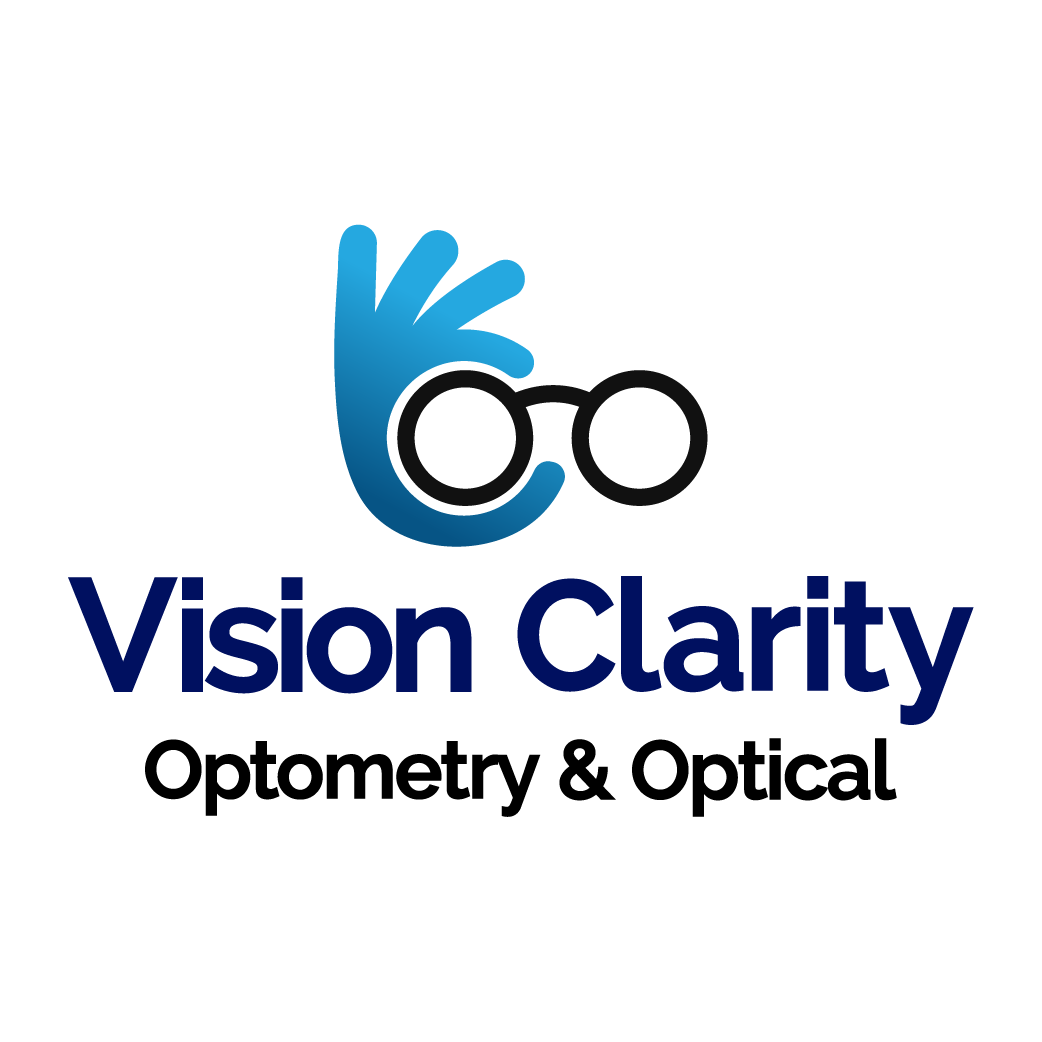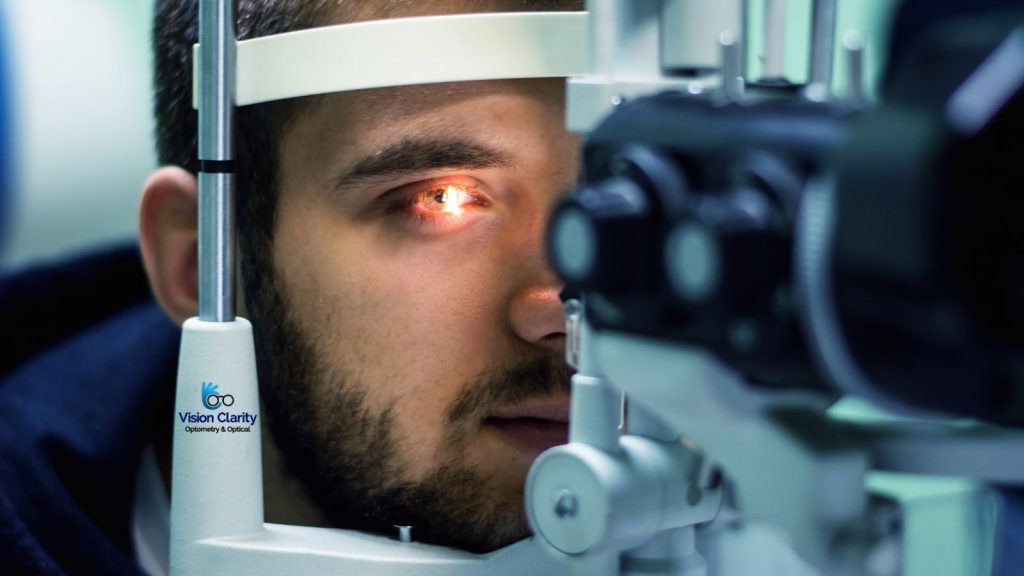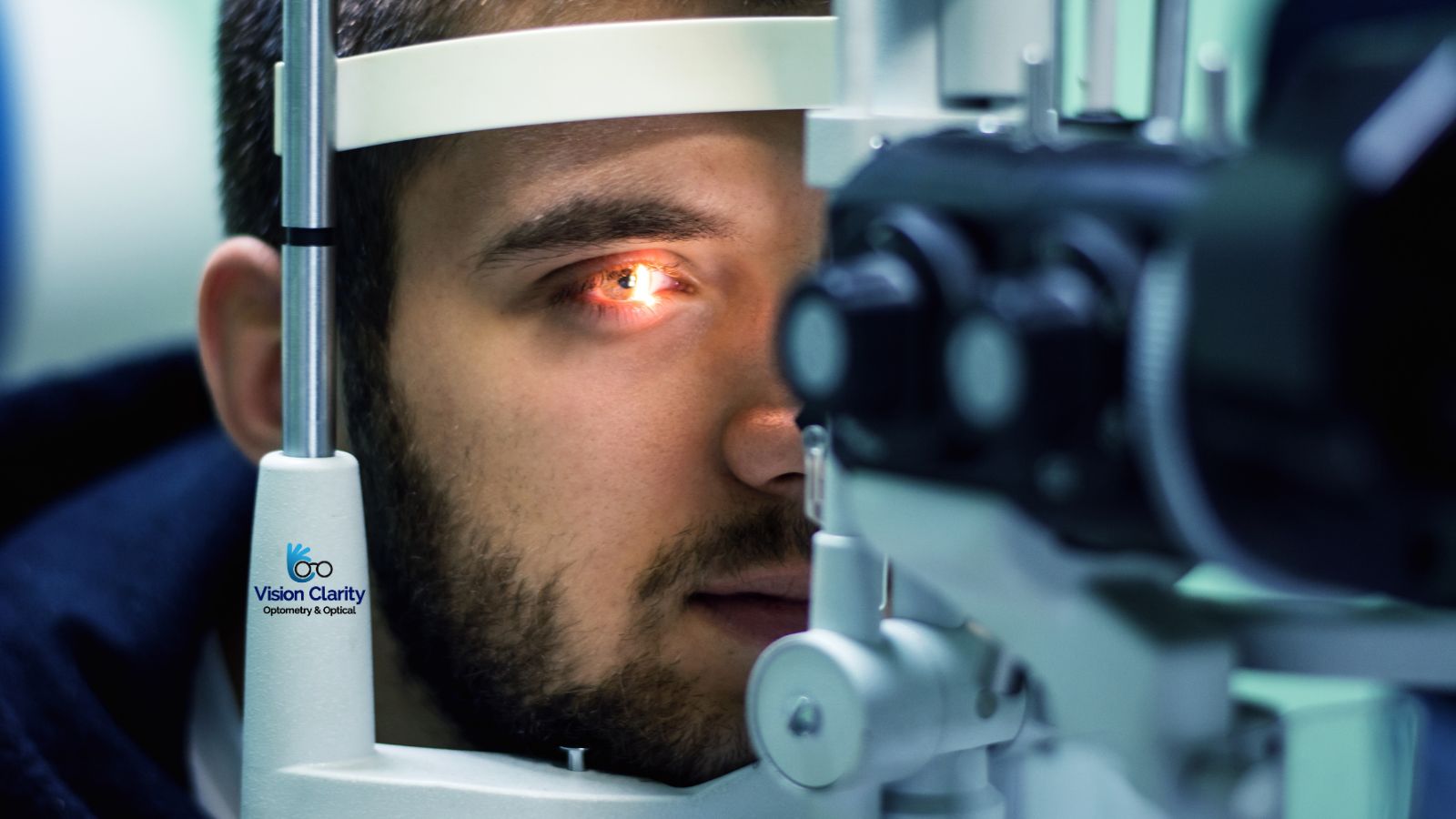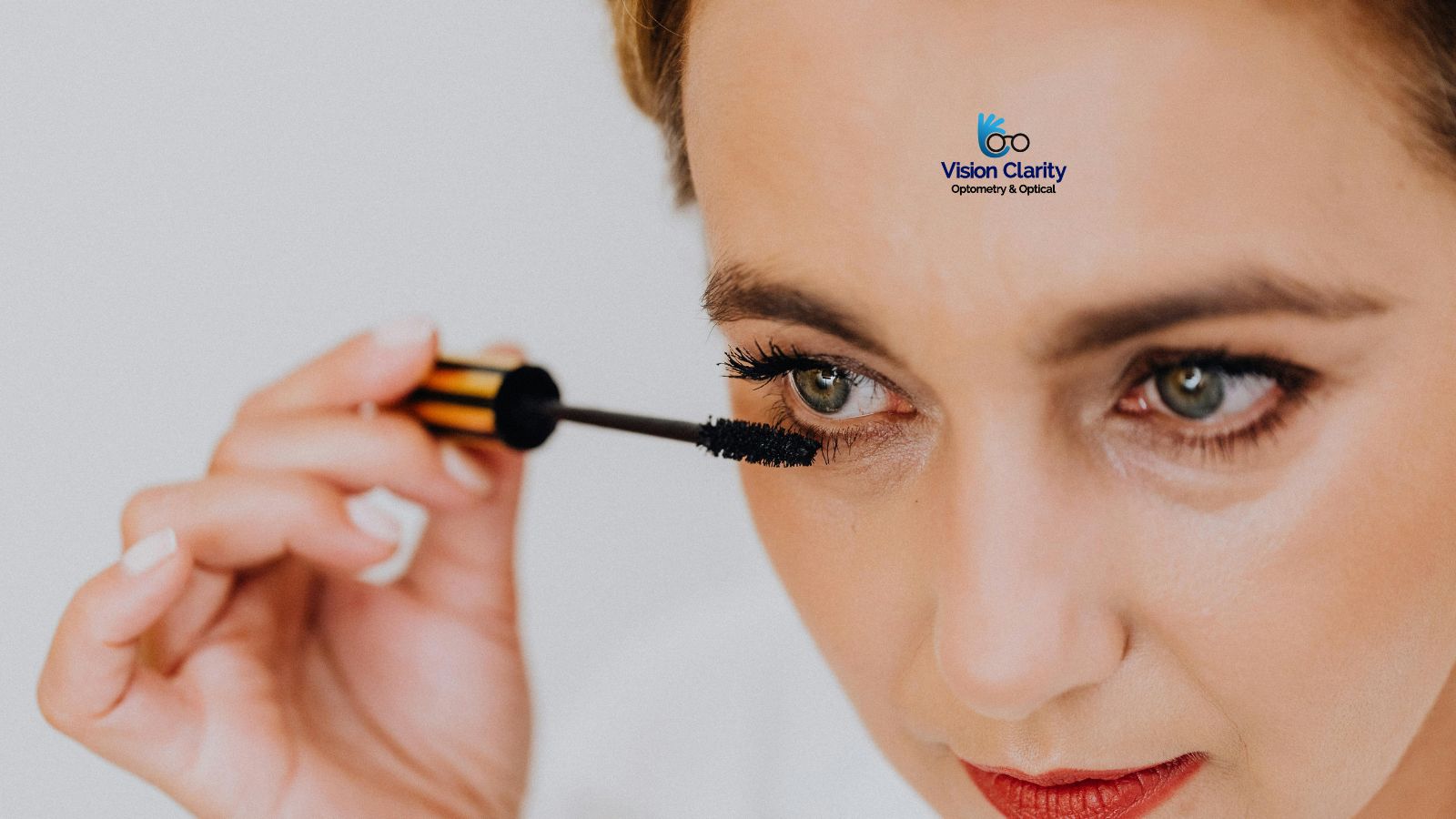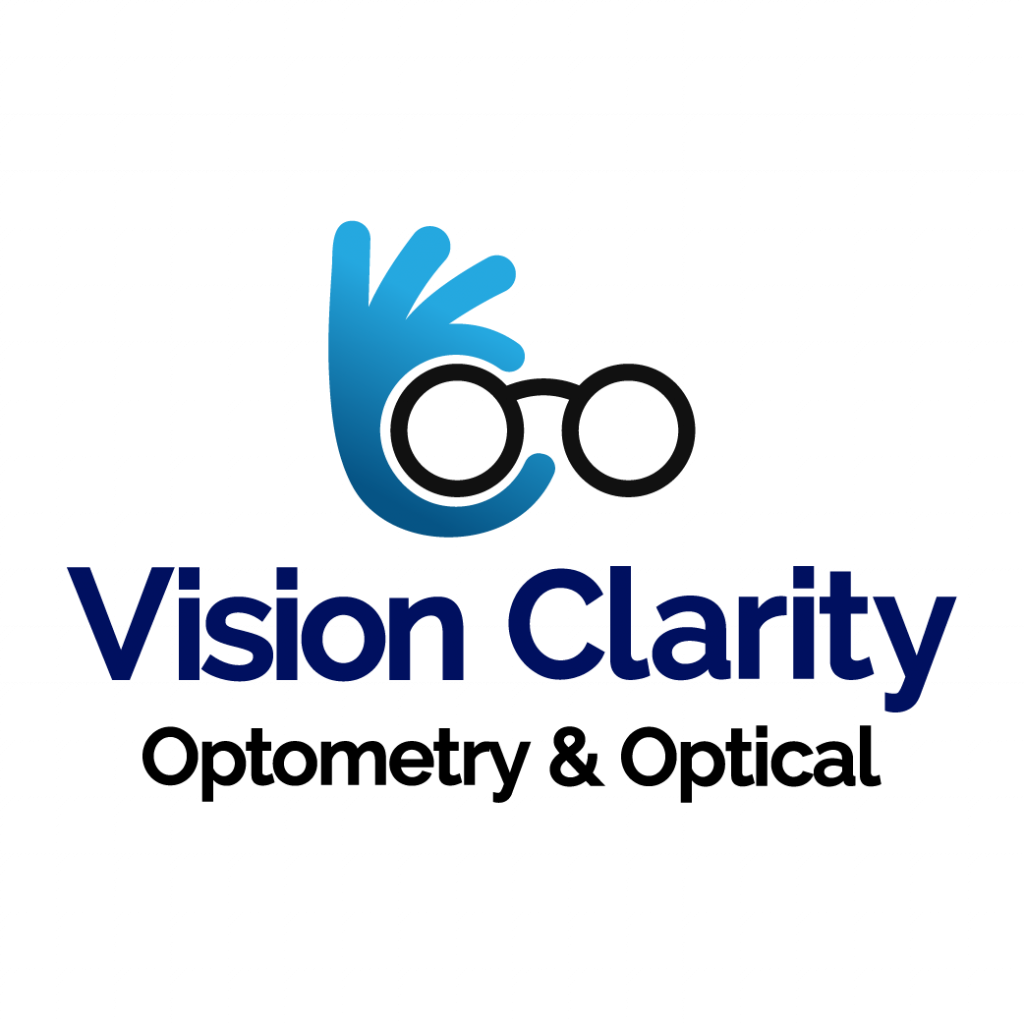A comprehensive eye exam is a thorough evaluation of your vision and overall eye health performed by an optometrist or ophthalmologist. Unlike a basic vision screening that only checks how well you can see, a comprehensive eye exam involves a series of tests to assess visual acuity, eye movement, depth perception, color vision, and how well your eyes work together. During the exam, the eye doctor may use special instruments, lights, and lenses to examine the internal and external parts of your eyes, including the retina, cornea, and optic nerve.
In addition to testing vision, a comprehensive eye exam helps detect early signs of eye diseases such as glaucoma, cataracts, and macular degeneration, as well as systemic conditions like diabetes and high blood pressure that can affect the eyes. Based on the results, the doctor can prescribe corrective lenses if needed and recommend treatments or lifestyle changes to maintain healthy vision. Regular comprehensive eye exams are essential for preventing vision loss and ensuring long-term eye health.
See Sharper. Live Brighter, with Vision Clarity!
Stop letting blurry vision slow you down! At Vision Clarity, we deliver crystal-clear results with expert eye exams, premium lenses, and stylish frames that turn heads. Whether you need a quick check-up or a total vision upgrade, our specialists are ready to help you see your best and look amazing doing it.
Don’t wait to experience life in full clarity, call +1 (289) 805-0019 NOW to book your appointment!
What to Expect During a Comprehensive Eye Exam?
A comprehensive eye exam is more than just reading letters off a chart; it is a detailed assessment designed to evaluate both your vision and overall eye health. When you first arrive, the eye doctor will typically begin by reviewing your medical history, including any current medications, previous eye conditions, family history of eye disease, and lifestyle factors such as screen use or outdoor activity. This information helps the doctor understand potential risk factors and tailor the exam to your specific needs.
The exam often starts with a visual acuity test, which measures how clearly you can see at various distances. Following this, the doctor may perform a refraction test to determine whether you need prescription glasses or contact lenses. Other standard procedures include checking eye coordination and alignment, depth perception, peripheral vision, and color vision. The doctor will also examine your eyes with specialized instruments. A slit lamp may be used to inspect the front structures of your eyes, including the cornea, iris, and lens, while an ophthalmoscope or retinal camera allows a detailed view of the retina, optic nerve, and blood vessels.
In some cases, additional tests may be recommended based on age, symptoms, or risk factors. For example, tonometry measures the pressure inside your eyes to screen for glaucoma, while dilating drops can widen the pupils for a more thorough retinal examination. Overall, the process typically takes between 30 to 60 minutes, depending on the complexity of the tests and any follow-up procedures. Patients are encouraged to ask questions and discuss concerns during the exam, as it is also an opportunity to receive personalized guidance on eye care habits, such as proper contact lens hygiene, protection from UV rays, and strategies to reduce eye strain from screens. By understanding what to expect, patients can feel more prepared and confident in taking proactive steps toward maintaining healthy vision.
Importance of Regular Eye Exams for Vision Health
Regular comprehensive eye exams are essential not only for maintaining sharp vision but also for preventing long-term eye problems. Many eye conditions develop gradually and may not produce noticeable symptoms in the early stages, making it easy to overlook potential issues. By scheduling routine exams, individuals can detect problems such as nearsightedness, farsightedness, or astigmatism before they significantly affect daily life. Corrective measures like glasses or contact lenses can then be prescribed promptly to improve vision clarity and reduce eye strain.
Beyond vision correction, regular eye exams play a critical role in monitoring eye health. Diseases like glaucoma, cataracts, and macular degeneration often progress silently, and early detection through comprehensive exams can prevent irreversible vision loss. For example, glaucoma can damage the optic nerve without causing pain, so routine eye pressure checks are crucial. Similarly, detecting cataracts early allows timely surgical intervention, preserving clear vision. Children, adults, and seniors alike benefit from regular monitoring, as age, genetics, and lifestyle factors influence the risk of developing eye conditions.
Comprehensive eye exams also provide insight into overall health. Certain systemic conditions, such as diabetes, high blood pressure, and autoimmune disorders, can affect the eyes before other symptoms appear. During an exam, an eye doctor can spot early signs of these issues by examining blood vessels, the retina, and other internal structures of the eye. Early identification often leads to better management and treatment outcomes. In addition, patients receive valuable guidance on eye safety, screen time management, and nutrition for eye health, all of which contribute to long-term well-being. By prioritizing regular eye exams, individuals not only safeguard their vision but also gain a window into their overall health, reinforcing the importance of proactive eye care throughout life.
Common Tests Included in a Comprehensive Eye Exam
A comprehensive eye exam consists of several specialized tests designed to evaluate different aspects of vision and eye health. One of the most common is the visual acuity test, where patients read letters or symbols from a chart at varying distances. This test identifies issues such as nearsightedness, farsightedness, or astigmatism. Another critical assessment is the refraction test, which determines the precise prescription needed for glasses or contact lenses by having the patient look through a phoropter and compare lens options.
Eye movement and coordination are also assessed, ensuring both eyes work together properly. Tests such as the cover test or vergence test evaluate eye alignment and binocular vision, which are crucial for depth perception and preventing double vision. Peripheral vision, or side vision, is checked through a visual field test, which can detect early signs of glaucoma or neurological issues. Color vision tests, often done using specially designed plates with colored patterns, help identify color blindness or deficiencies.
The internal and external structures of the eye are examined using a variety of instruments. A slit lamp exam allows the doctor to inspect the cornea, lens, and eyelids for abnormalities, while retinal imaging or ophthalmoscopy provides a detailed view of the retina, optic nerve, and blood vessels. Eye pressure measurements, performed using tonometry, help screen for glaucoma. In some cases, dilation drops are used to widen the pupils for a more thorough retinal examination.
Additional tests may be recommended based on age, symptoms, or medical history. Children may undergo amblyopia or strabismus screening, while adults may receive cataract or macular degeneration assessments. Seniors often have more frequent screenings for glaucoma and retinal health. Overall, these tests provide a comprehensive picture of eye function, enabling early detection of vision problems and eye diseases. By understanding the purpose of each test, patients can better appreciate the importance of a thorough eye exam for maintaining long-term visual health.
Detecting Eye Diseases and Health Issues Early
One of the most valuable aspects of a comprehensive eye exam is its ability to detect eye diseases and other health conditions early, often before symptoms become noticeable. Many eye conditions, such as glaucoma, macular degeneration, and diabetic retinopathy, develop gradually and can lead to irreversible vision loss if untreated. Detecting these conditions early allows for timely intervention, which can significantly slow disease progression and preserve vision. For example, glaucoma can be managed with medication or surgery to reduce intraocular pressure, while macular degeneration can be addressed with lifestyle changes, supplements, or medical treatments.
Eye exams also provide insight into systemic health issues. Conditions like diabetes, high blood pressure, high cholesterol, and autoimmune diseases can manifest signs in the eyes long before other symptoms appear. Swelling of blood vessels, micro-hemorrhages in the retina, or changes in the optic nerve may indicate underlying health problems that require further medical evaluation. In this way, eye exams serve as a window into overall health, allowing early detection and management of potentially serious diseases.
Additionally, children benefit from early eye disease detection, which can prevent learning difficulties caused by untreated vision problems. Detecting issues such as amblyopia (lazy eye) or strabismus (crossed eyes) early can significantly improve visual outcomes and overall development. Seniors benefit as well, as early diagnosis of cataracts, glaucoma, or age-related macular degeneration can maintain independence and quality of life. By emphasizing preventive care and early detection, comprehensive eye exams play a critical role in preserving both vision and general health, underscoring why regular exams are essential for individuals of all ages.
